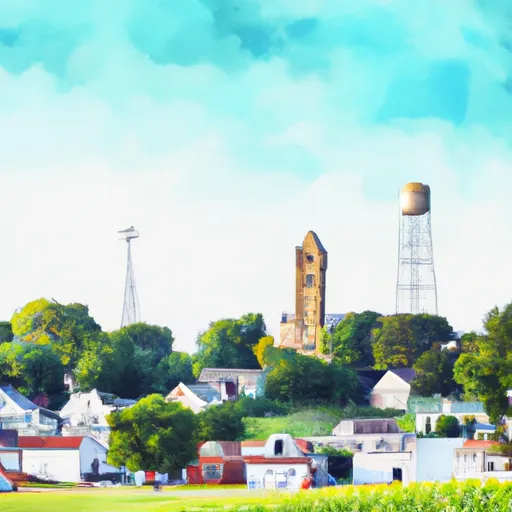°F
°F
mph
Windspeed
%
Humidity











South Amana, located in the state of Iowa, offers a pleasant climate and abundant outdoor recreation opportunities. The area experiences a continental climate, characterized by warm summers and cold winters. Average temperatures range from around 25°F (-4°C) in winter to 85°F (29°C) in summer. South Amana receives approximately 36 inches (91 cm) of rainfall annually, evenly distributed throughout the year.
The region boasts a diverse hydrology, with the Iowa River being a prominent feature. The river offers opportunities for fishing, boating, and kayaking. Additionally, nearby lakes and reservoirs provide scenic views and water-based activities.
Outdoor enthusiasts can explore an array of recreational opportunities in South Amana. The area is known for its picturesque hiking trails, such as the Amana Colonies Trail and the Lily Lake Loop Trail. These trails offer a chance to immerse oneself in the natural beauty of the surrounding forests and prairies.
South Amana also offers camping facilities, allowing visitors to extend their stay and enjoy activities like birdwatching, wildlife spotting, and stargazing. With its favorable climate, diverse hydrology, and ample outdoor recreation opportunities, South Amana is an ideal destination for those seeking an active and enjoyable outdoor experience.
Weather Forecast
South-Amana receives approximately 918mm of rain per year, with humidity levels near 84% and air temperatures averaging around 10°C. South-Amana has a plant hardyness factor of 5, meaning plants and agriculture in this region thrive during a short period during spring and early summer. Most plants will die off during the colder winter months.
Regional Streamflow Levels
293
Cubic Feet Per Second
197
Cubic Feet Per Second
45,000
Cubic Feet Per Second
386
Cubic Feet Per Second
Nearby Camping
| Camping Area | Reservations | Toilets | Showers |
|---|---|---|---|
| Paydown Access - MDC | |||
| Sycamore Loop Dispersed - Noblett Lake | |||
| Lakeview Park - Mexico | |||
| Chamois Access - MDC | |||
| Paddy Creek | |||
| Rollins Ferry Access - MDC |



